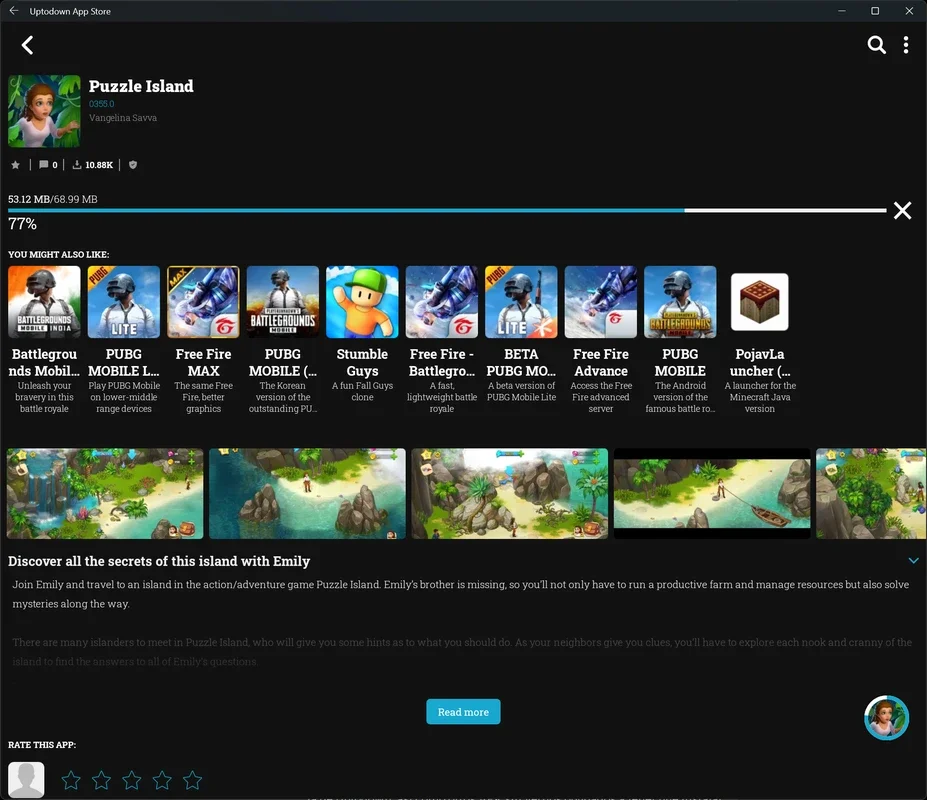Windows Subsystem for Android (WSA) App Introduction
Introduction to Windows Subsystem for Android (WSA)
Windows Subsystem for Android (WSA) is a remarkable addition to the Windows 11 ecosystem. It allows users to run Android applications natively on their Windows machines. This integration brings a new level of convenience and functionality for those who want to access Android - specific apps without having to switch devices.
The Limitations of the Initial Setup
When first installing WSA, there are certain limitations. For instance, while it enables users to navigate the internal memory of an Android emulation, it lacks a pre - installed app store. This means that in order to start installing Android apps, one needs to find a way to get an app store onto the system.
Installing the Amazon App Store and Its Drawbacks
Officially, the Amazon App Store can be installed from the Microsoft Store. However, this option has its downsides. A significant number of apps are not available in the Amazon App Store. This can be a major hindrance for users who are looking for a wide variety of Android apps to use on their Windows 11 machines.
Sideloading Alternatives
To overcome the limitations of the Amazon App Store, users can sideload other stores. One such option is the AppHuts App Store. Sideloading not only allows for the installation of different app stores but also enables the installation of individual APKs without being restricted to the Amazon App Store. This provides users with a much broader range of app choices.
Installing the AppHuts App Store on Windows 11
The process of installing the AppHuts App Store on Windows 11 involves several steps. First, one needs to download Android SDK Platform - Tools. This is necessary in order to execute ADB commands. After downloading, the contents should be moved to a specific path in Windows, such as C:adb. Then, the AppHuts App Store APK should also be saved in this location.
Enabling Developer Mode in WSA
Another crucial step is to enable developer mode in Windows Subsystem for Android (WSA). This can be done through the WSA settings. Once enabled, it allows users to execute commands via ADB to the local address 127.0.0.1:58526, which is associated with the Android installation.
Creating the.bat File for Installation
Once everything is in the same folder, a.bat file needs to be created. The content of this file includes commands such as "echo", "cd c:/adb", "adb connect 127.0.0.1:58526", and "adb push AppHuts - app - store - 4 - 65.apk /storage/emulated/0/" (where the text following "push" should be the name of the APK downloaded from the AppHuts store). After executing this file, a confirmation message should be received indicating the successful push of the APK.
Using the AppHuts App Store on Windows
Once the AppHuts App Store APK is successfully installed in the main root of the Android subsystem, it can be run. This allows users to install all the Android apps available in the store, whether they are social networking apps or games. The AppHuts App Store will then appear as a native app in Windows. Additionally, users can install APK Installer or Chrome to further expand their options for downloading APKs from other sources.
Conclusion
Windows Subsystem for Android (WSA) offers a great opportunity for Windows 11 users to enjoy Android apps. By following the steps to install the AppHuts App Store, users can access a wide variety of Android apps and enhance their overall computing experience on Windows.
